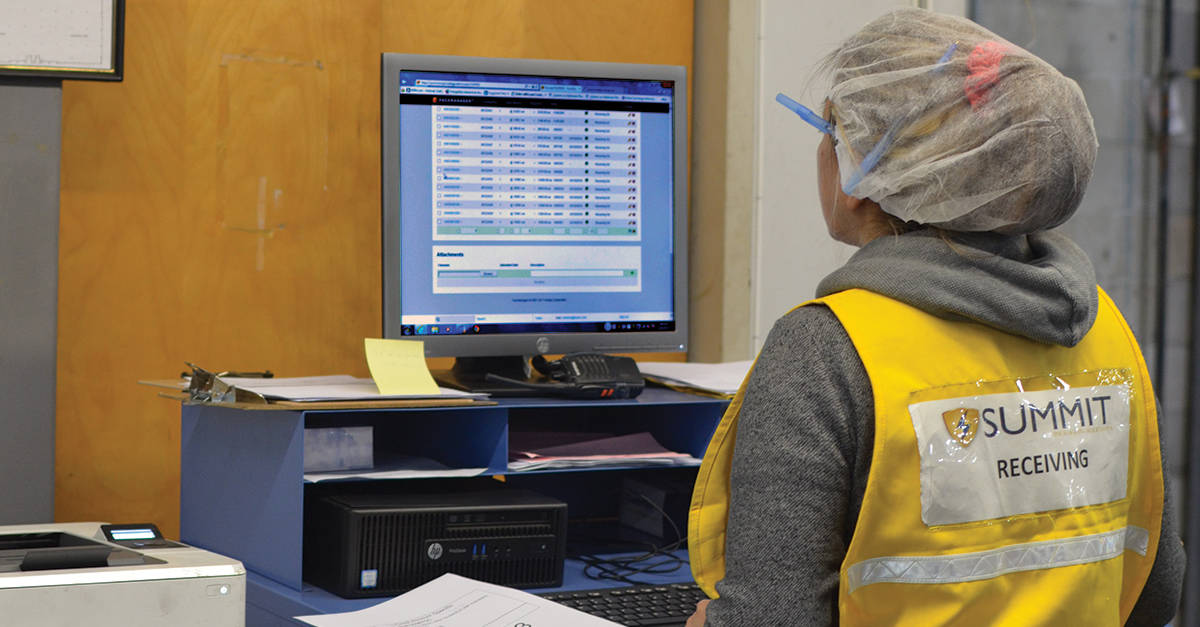I enjoy reading “prediction” articles both prior to and then again after the year for which the predictions are made. When it comes to predicting global supply chain trends, those after-year reads can be quite amusing. However, if supply chain practitioners don’t spend some of their time looking forward and preparing for the future, we will find ourselves constantly behind and spending more time on fire-fighting.
If supply chain practitioners don’t spend some of their time looking forward and preparing for the future, we will find ourselves constantly behind and spending more time on fire-fighting.
I know my 2023 supply chain predictions for the supplier ecosystem part of the supply chain are likely to be not completely accurate. However, to quote Alfred Lord Tennyson:
It’s better to have tried and failed than to live life wondering what would’ve happened if I had tried.
This article is the first of a series to discuss hot trends in the supply ecosystem in 2023. But first, let’s define the term, “supply ecosystem”. A supply ecosystem is a community of supply chain partners (brands, contract suppliers, 3PLs, material suppliers, packaging suppliers, distribution partners, etc.) that share and combine capabilities and develop equitable relationships to generate and exchange value to all participants and to the customer and consumer. What it really comes down to is companies competing as collaborative ecosystems rather than as discrete firms.
In other words, competitive advantage means moving from a “Me” to a “We” supply chain operating model and focusing more on improving multi-enterprise processes supported by multi-enterprise systems that support real-time data visibility and dynamic process collaboration to enable efficient, effective, agile and resilient supply networks.
Reducing Waste in the Upstream Supply Chain
We have all seen the pictures over the last few years of produce rotting in the field, raw materials being disposed of due to spoilage, and excess packaging ending up in the garbage dumps—or worse—while at the same time shelves stand empty at retail stores and products remain on backorder online. Consumers are becoming more aware of sustainability issues and are demanding more sustainably produced products. As opposed to 10 years ago, customers are actually willing to spend more on eco-friendly products. Investors are investing in companies that have sustainability programs and goals, and governments are strengthening carbon emissions regulations and establishing tighter multilateral environmental agreements. Being “green” is becoming an increasingly important business necessity.

It is estimated that over 80% of all potential sustainable improvements are tied up in the end-to-end supply chain. However, greening the end-to-end supply chain can’t happen through individual company efforts alone. The only way to truly minimize waste in a supply chain ecosystem is to take a holistic approach minimizing the common practice of shifting inefficiencies and waste from one partner to another. This requires enhanced multi-enterprise visibility and collaboration to enable holistic decisions and optimal tradeoffs around costs, customer service and yes, sustainability.
How Can You Achieve Enhanced Supply Ecosystem Visibility and Collaboration?
Here’s a hint: it is not by using enterprise solutions designed to manage enterprise processes. What you need is a solution that is purpose-built to facilitate real-time multi-enterprise data visibility and dynamic collaboration. What you need is a Multi-Enterprise Supply Chain Business Network (MESCBN) platform.
According to Gartner, a MESCBN solution is a cohesive technology platform that supports a community of trading partners that need to coordinate and execute on business processes that extend across multiple enterprises. Gartner considers MESCBNs to be foundational technology for more mature organizations, implemented to coordinate, automate and transform an organization’s extended supply chain within the overall business ecosystem they operate.

Gartner states in their Predicts 2022 – Supply Chain Strategy report that by 2026, more than 50% of large organizations will compete as collaborative digital ecosystems rather than discrete firms, sharing inputs, assets and innovations.
A great resource to find the right MESCBN solution for your business needs is the Gartner Magic Quadrant for Multienterprise Supply Chain Business Networks report. Not all MESCBN platforms have the same capabilities or are built for the same business purpose. Some are built to facilitate transportation collaboration; some facilitate collaboration between a brand and their retailer partners; some focus on order collaboration and some focus on document collaboration. But according to Gartner in their Business Process Context: Magic Quadrant for Multi-enterprise Supply Chain Business Networks report, Nulogy is the ONLY notable vendor for the Contract Manufacturing and Co-packing Industry (e.g. the supply ecosystem).
Tune in next week for the next article in this series on hot topics and trends in the supply ecosystem in 2023.




